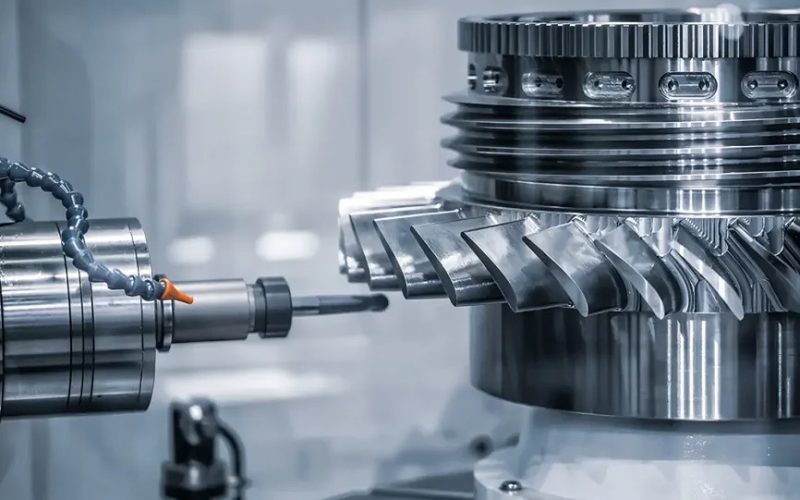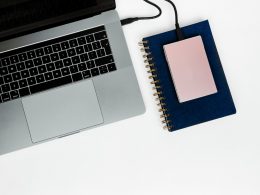CNC (Computer Numerical Control) machining has become a cornerstone of modern manufacturing, prized for its precision, flexibility, and ability to produce both simple and complex parts from a wide range of materials. It is widely used across industries like aerospace, automotive, medical, and electronics, offering consistent results and tight tolerances. However, while CNC machining services offer numerous benefits, the cost can vary greatly depending on several key factors. Understanding what influences the cost of CNC machining helps businesses make informed decisions when sourcing components or planning product development.
In this article, we explore in detail the main factors that affect the pricing of CNC machining services—from material selection and design complexity to quantity and lead times.
Material Selection
Material choice is one of the most significant contributors to the overall cost of CNC machining. Different materials vary widely in both price and machinability. Common materials like aluminum, brass, and mild steel are generally affordable and easy to machine, making them cost-effective choices. On the other hand, harder and more specialized materials—such as titanium, Inconel, hardened steels, and certain engineering plastics like PEEK—are more expensive in terms of both raw material cost and the wear they cause on cutting tools.
Materials also affect machining speed. Harder materials take longer to cut and often require specialized tooling or slower feeds and speeds, which increases cycle time and overall costs. In addition, certain materials may require specific coolants, surface treatments, or machining environments, adding further expense.
Part Complexity and Design Features
The geometry of the part being machined has a major impact on cost. Simple parts with straight lines and basic holes are quicker and easier to machine. In contrast, parts that require intricate geometries, internal cavities, thin walls, deep pockets, or undercuts increase the complexity of the operation. These features often require additional programming, specialized tooling, or multiple machine setups.
For example, a part that must be machined from five different orientations may need to be repositioned multiple times on the machine—or require a 5-axis CNC machine—both of which increase labor and equipment costs. The more complex the part, the more time is needed for both programming and physical machining, leading to higher overall costs.
Design decisions like requiring tight internal radii, extremely thin features, or minimal material allowances can also drive up costs, as they increase the likelihood of tool breakage or part rejection during production.
Tolerances and Precision Requirements
One of the primary advantages of CNC machining is its ability to achieve high levels of accuracy and repeatability. However, tighter tolerances generally mean more careful machining, slower speeds, and more quality control measures, all of which translate into additional cost.
For instance, a standard tolerance of ±0.005 inches may be achieved with a single machining pass, but a tighter tolerance like ±0.001 inches may require slower feeds, additional passes, or even re-machining. Furthermore, parts with tight tolerances often require more frequent inspections and quality checks, adding labor time to the process.
Surface Finish Specifications
Surface finish requirements can significantly influence cost. CNC-machined parts typically have a standard surface finish from the cutting tool, but if a smoother or more polished surface is needed, additional processes must be applied. Finishes like anodizing, bead blasting, powder coating, or polishing can increase production time and cost.
If a cosmetic or functional surface finish is critical, such as for medical instruments or consumer-facing products, manufacturers may need to invest in extra post-processing steps and labor.
Production Volume
CNC machining is ideal for both prototyping and low-to-medium volume production runs. However, the cost per part decreases as quantity increases. This is due to the high setup and programming costs involved in CNC machining.
For a single prototype, the cost includes creating CAM programs, selecting and installing tools, and preparing fixtures—all of which can be significant even for one part. These setup costs remain relatively fixed regardless of how many units are produced. As volume increases, those fixed costs are spread over more parts, bringing down the per-unit price.
Economies of scale also apply to tooling wear and material sourcing. Buying materials in bulk or using the same tool setup across hundreds of parts is more efficient and cost-effective than changing setups between low-quantity orders.
Machining Time and Toolpaths
Another primary cost driver is the actual machining time per part. This includes the time spent cutting, tool changes, repositioning, and machine idle time. Parts that take longer to machine will naturally be more expensive.
Toolpath optimization can significantly affect machining time. Efficient tool paths reduce movement and cutting passes, while inefficient ones increase tool wear and cycle time. Experienced CNC programmers can minimize machining time by selecting the right strategies, tools, and speeds.
Setup and Programming Costs
Before production begins, each part must be programmed and set up correctly. CAM (Computer-Aided Manufacturing) software is used to generate toolpaths, and operators must install and calibrate tools and fixtures. This setup phase can be time-consuming and technically demanding, especially for complex parts or jobs requiring high precision.
If a design is being manufactured for the first time, the programming process may take several hours or more. On repeat orders, this cost is significantly reduced or eliminated, as the existing programs and setups can be reused.
Post-Processing and Finishing
In many applications, elitemold CNC machining is just one part of a multi-step manufacturing process. After machining, parts may need heat treating, coating, anodizing, painting, or assembling. These post-processing steps add time, cost, and potential for variation in part quality.
Even relatively simple operations like cleaning, deburring, or laser marking must be factored into the overall pricing.
Lead Time and Delivery Schedule
Rush orders typically come at a premium. If you need parts delivered faster than the standard lead time, the shop may have to reprioritize jobs, add shifts, or operate machines on overtime. These additional efforts are reflected in a higher cost for expedited machining.
Planning production timelines in advance and avoiding last-minute orders can help keep costs lower and ensure smoother workflow at the shop.
Vendor Expertise and Capabilities
Finally, the capabilities and location of the CNC machining service provider influence pricing. High-end shops with state-of-the-art multi-axis machines and in-house finishing services may charge more but offer faster turnaround, better quality, and more consistency. Conversely, lower-cost shops may have limited capabilities, affecting lead time and precision.
Local providers may offer better communication, faster delivery, and fewer customs issues than overseas suppliers—but usually at a higher hourly rate.
Conclusion
The cost of CNC machining services is shaped by a wide range of factors, including material selection, part complexity, precision requirements, production volume, and vendor capabilities. By understanding how these variables impact the final price, manufacturers and designers can optimize their parts for cost efficiency while maintaining performance and quality. Collaborating early with a trusted CNC machining service provider also ensures a smoother process, with fewer revisions, faster turnaround times, and better value across every project.












